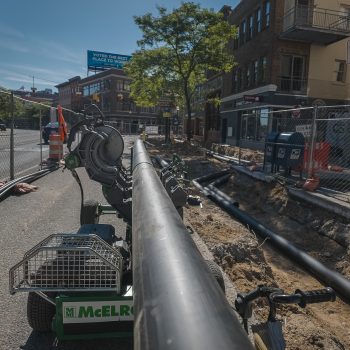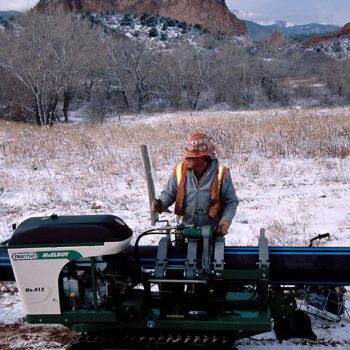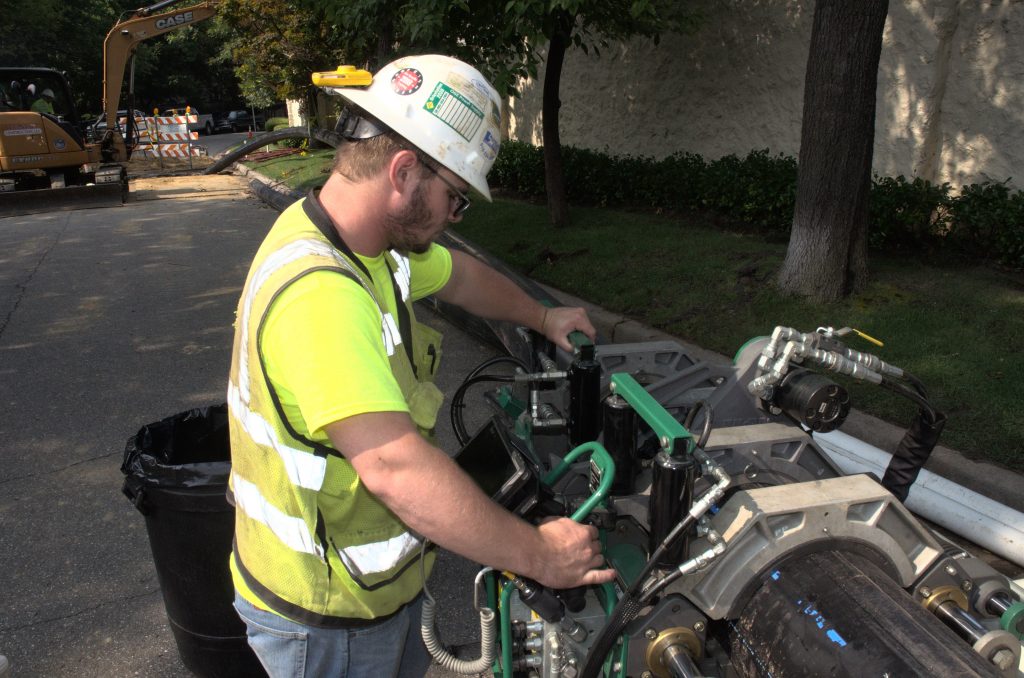
Woody Crest Neighborhood in Central Tulsa, one of the city’s oldest neighborhoods, features beautiful multi-million-dollar homes. While the majority of houses are already tied into the city’s sanitary sewer line, there are a handful of residents that are still using septic systems. Ryan McKaskle, Field Engineering Manager for the City of Tulsa, says high density polyethylene (HDPE) was selected for this sewer project because of its flexibility and the ability to directionally drill within an established neighborhood, allowing the pipe to be installed underground along a predefined path.

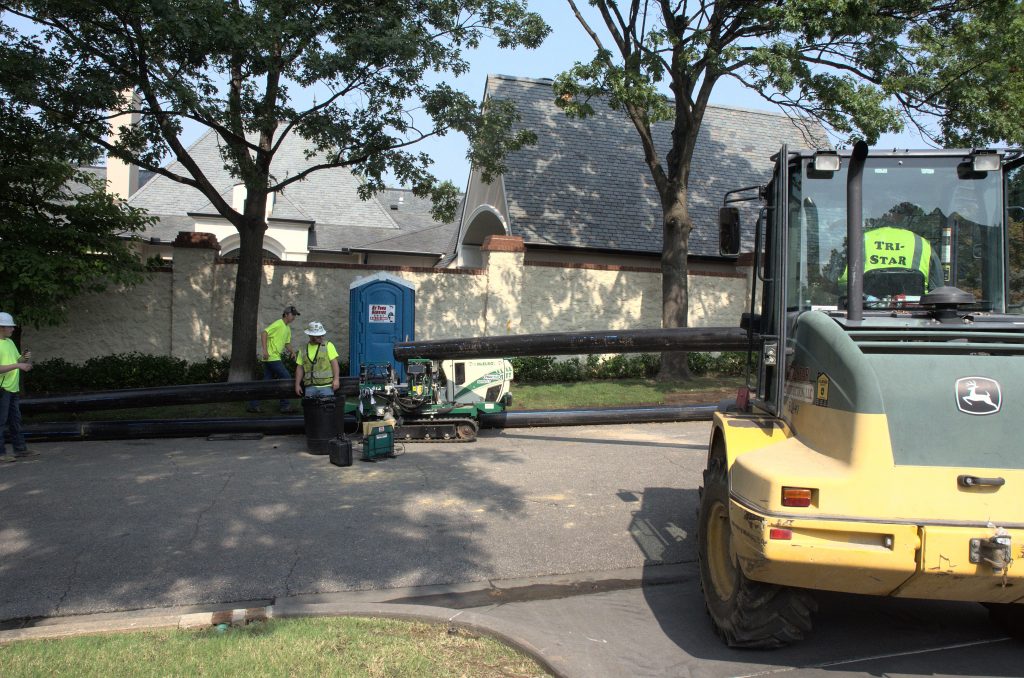
The prime contractor on this job, Tulsa based Tri-Star Construction LLC, began work in mid-May. The process involves horizontal directional drilling two segments of 10” HDPE and installing three new manholes for tie-ins and pipe alignment changes. Poly Pro, Inc., based in Pryor, is fusing 679 feet of HDPE with a TracStar® 412. The jobsite also features a DataLogger® to record the fusion joints, which is required for all City of Tulsa jobs, to ensure adherence to industry standards.
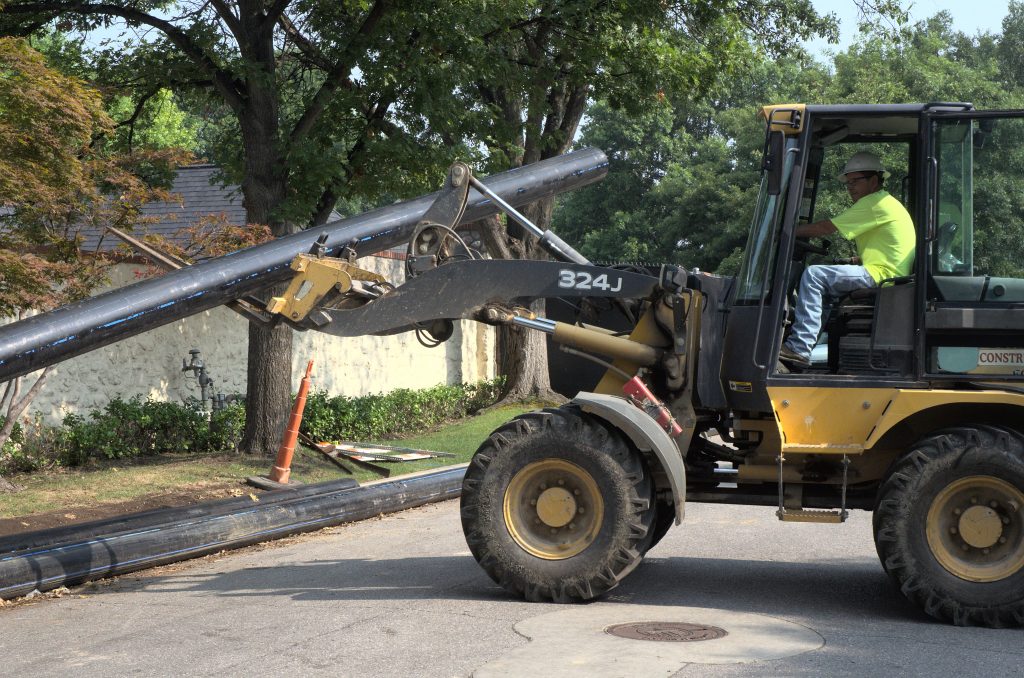
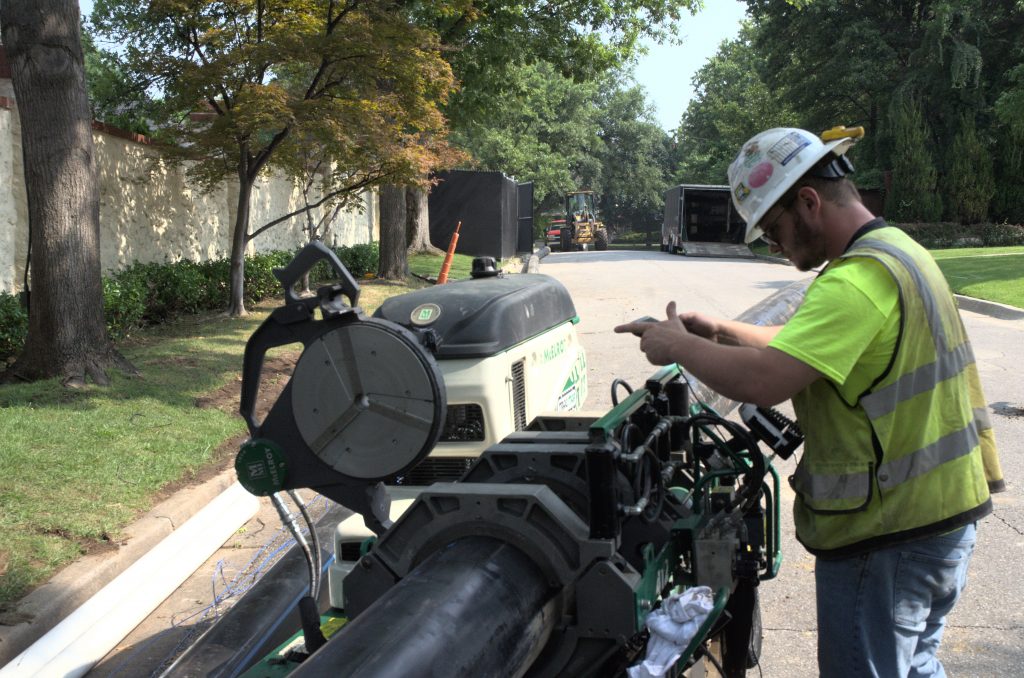
According to Ben Murphy with Poly Pro, Inc., the process that’s being used to transition homes from septic tanks to the city’s sanitary sewer line is designed to be discreet. “We are doing this work in an established neighborhood with expensive homes. The last thing we want to do is disrupt any of the landscaping and surrounding properties. ”
Once each section is fused, the team is using an internal bead removal tool from R&L Manufacturing to help ensure sewage will flow freely once the installation is complete. With an estimated cost of nearly $880,000 and an expected completion date of September 2021, this HDPE project will ensure all the residents of Woody Crest have a reliable, long-term answer to their sewage removal.
